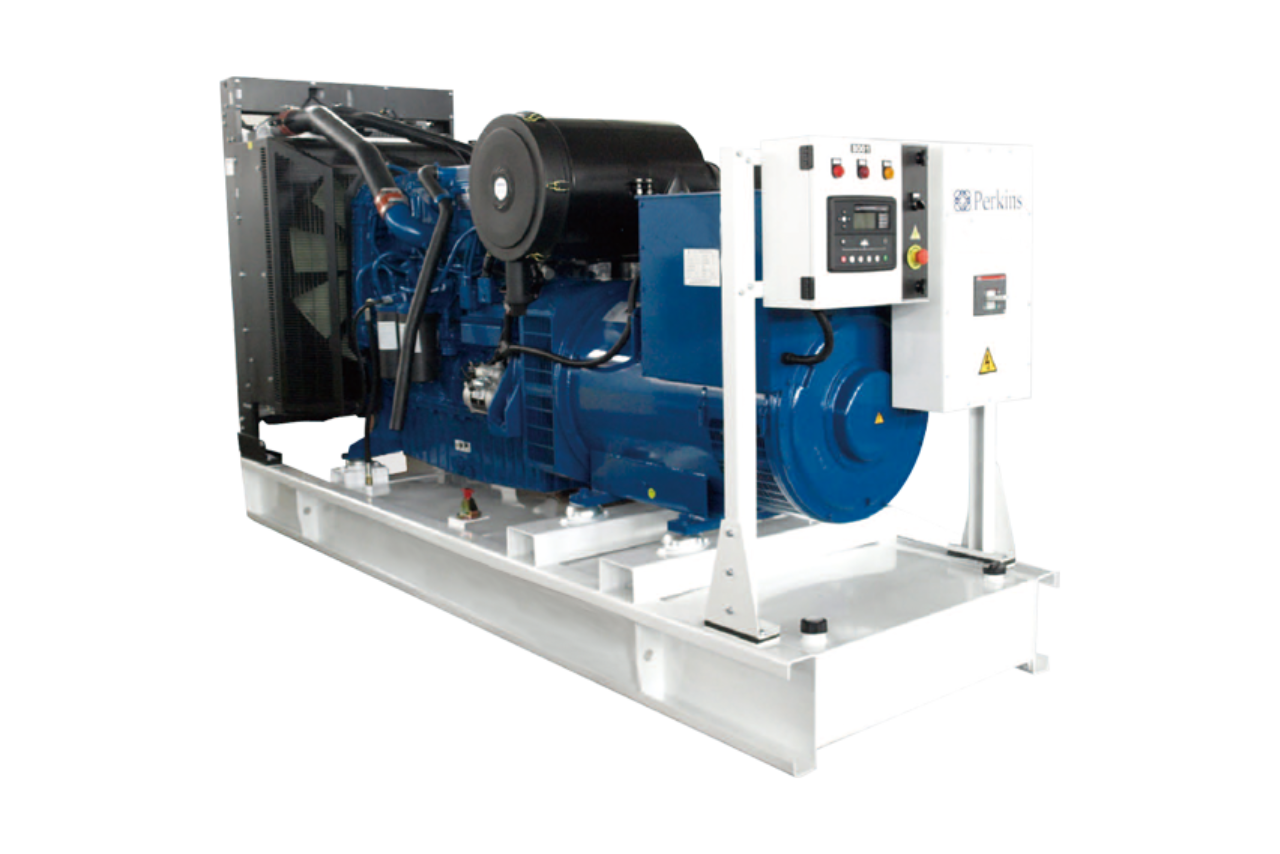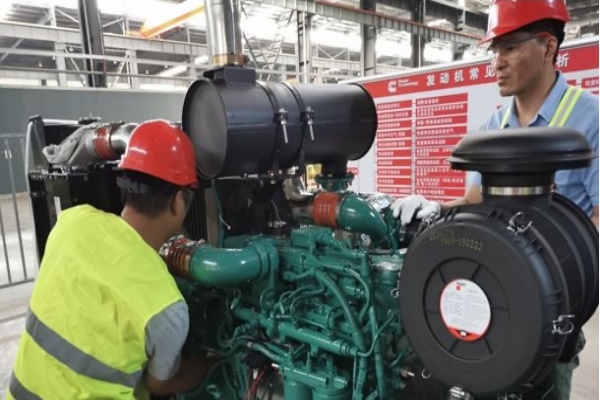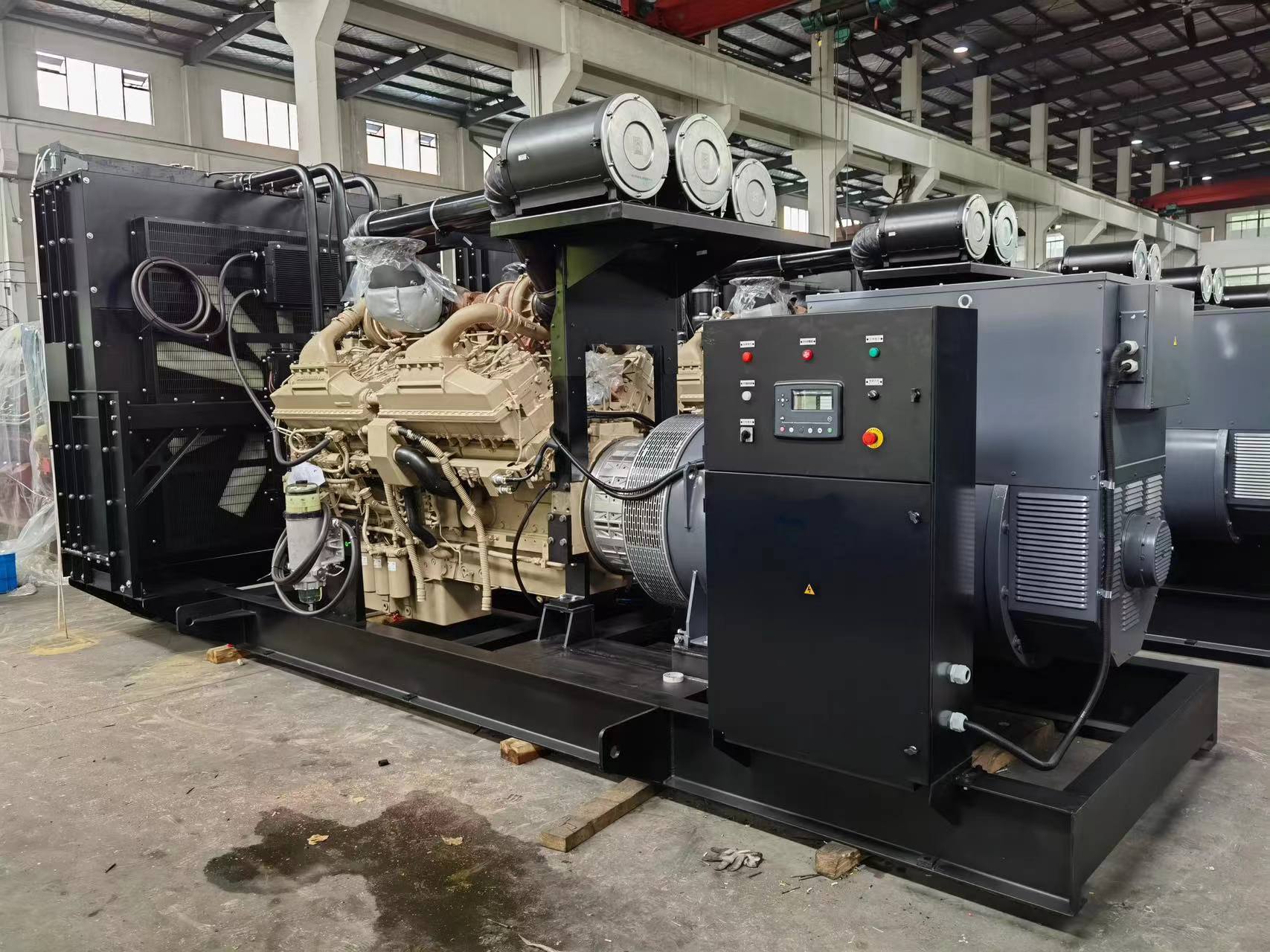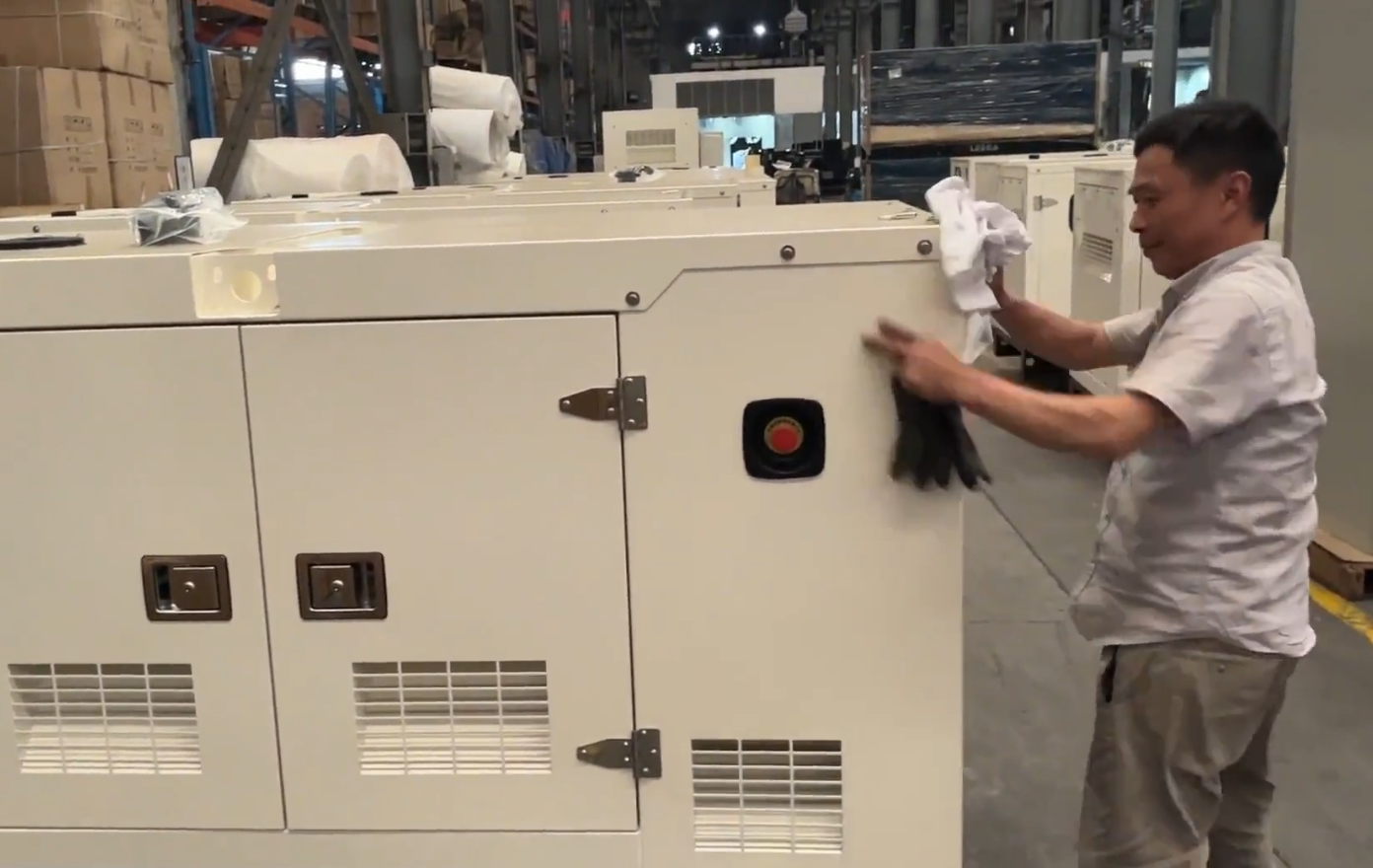
Starting a diesel generator is critical, but sometimes it refuses to start. This issue can stem from various factors, such as fuel supply1 problems or mechanical malfunctions2. Identifying the cause early can save time and prevent unnecessary repairs.
When a diesel generator fails to start, it may be due to fuel system blockages, electrical faults, or mechanical issues. Proper diagnosis is key to fixing the problem quickly.
A generator not starting can be frustrating. But understanding the common causes can guide you toward the solution faster. Keep reading to explore the reasons behind this issue and how you can resolve it.
What Would Be the Main Cause if a Diesel Engine Will Not Start?

When a diesel engine won’t start, the primary cause is often related to fuel delivery or ignition system3 failures. Insufficient fuel, clogged fuel filters, or a faulty injection system can prevent proper engine startup.
The main causes for a diesel engine not starting typically include fuel contamination, lack of compression, or electrical failures. Identifying the issue promptly can prevent further damage.
Common Issues to Look Out For:
- Fuel system blockages: If the fuel system is clogged, it may not provide the engine with enough fuel to start.
- Battery or electrical issues: A weak or dead battery can stop the starter motor from cranking the engine.
- Compression problems: Lack of compression, often caused by worn-out piston rings or valves, can prevent the engine from starting.
Check your fuel filters and ensure that the battery is fully charged. Sometimes, a simple fuel system clean-up or battery recharge is all it takes to get the engine running again.
Troubleshooting Tips
| Problem | Potential Solution |
|---|---|
| Clogged fuel filter | Replace or clean the filter |
| Weak battery | Charge or replace the battery |
| Air in the fuel system | Bleed the air out from the fuel lines |
| Faulty injector | Check and replace if necessary |
If the generator still doesn’t start after troubleshooting, it might be a good idea to consult an expert.
Why Would a Generator Turn Over But Not Start?

If your generator turns over but fails to start, the problem could be an issue with fuel, air, or the electrical system. A failing fuel pump, clogged air filter, or electrical faults often cause this problem.
Generators that turn over but don't start may have issues with their fuel supply, ignition system, or air intake. Diagnosing these areas can reveal the source of the problem.
Possible Causes:
- Fuel supply issues: Even if fuel is in the tank, it may not be reaching the engine due to a faulty fuel pump4 or clogged fuel lines.
- Air filter blockage: If the air filter is clogged, the engine may struggle to get enough air for combustion, even though it turns over.
- Ignition system failure: Faulty spark plugs or a malfunctioning injector can prevent the engine from igniting.
How to Diagnose This Problem
| Issue | Solution |
|---|---|
| Fuel delivery failure | Inspect and replace fuel pump or filters |
| Blocked air filter | Replace or clean the air filter |
| Ignition problems | Test and replace faulty spark plugs |
You can also check the fuel lines for blockages and ensure that air can freely flow into the engine. A simple inspection can often reveal a simple fix.
Why is My Cummins Generator Not Cranking?

If your Cummins generator is not cranking, the issue might be related to electrical components, such as the battery5, starter motor, or relay. Electrical failures are one of the most common causes of a non-cranking engine.
A Cummins generator that won't crank is usually due to electrical issues like a dead battery, faulty starter motor, or problems with relays. Diagnosing these components can get the engine cranking again.
Potential Causes:
- Battery issues: A battery with low voltage can fail to supply enough power to the starter motor.
- Starter motor failure: The starter motor itself may be faulty or worn out.
- Relay issues: A malfunctioning relay might prevent the battery from sending power to the starter motor.
If you hear a clicking sound when you try to start the generator, it’s often a sign of a weak or dead battery.
Steps to Troubleshoot
| Problem | Solution |
|---|---|
| Dead battery | Charge or replace the battery |
| Faulty starter motor | Test or replace the starter motor |
| Relay failure | Inspect and replace the relay |
Don’t forget to check the electrical connections for corrosion, as poor connections can also cause starting issues.
How Do You Prime a Diesel Generator?

Priming a diesel generator is essential when air enters the fuel system or after replacing a fuel filter. This ensures that the fuel system is pressurized and that fuel can reach the engine.
Priming is an important step when starting a diesel generator after maintenance or fuel system repairs. It helps remove air from the system and ensures smooth fuel delivery.
Steps to Prime the Generator:
- Turn off the power: Always start by turning off the generator and ensuring it’s in a safe position.
- Locate the primer pump: Most diesel generators come with a manual primer pump, typically near the fuel filter.
- Pump until resistance is felt: Use the primer pump to push fuel through the system and out of the air.
- Check for leaks: Before starting the generator, check the system for fuel leaks.
Priming ensures that fuel can flow smoothly to the engine. Failing to prime can result in a longer startup time or failure to start altogether.
Common Mistakes to Avoid
| Mistake | Corrective Action |
|---|---|
| Forgetting to check for leaks | Always check for fuel leaks after priming |
| Not priming long enough | Prime for 10-15 seconds or until resistance is felt |
Proper priming is crucial for ensuring that your diesel generator works efficiently after maintenance or fuel system repairs.
How to Bleed Air Out of Diesel Fuel System?

Air trapped in the fuel system can prevent a diesel generator from starting or cause it to run inefficiently. Bleeding the fuel system removes air and restores fuel flow.
Bleeding the air out of the diesel fuel system is essential to ensure proper fuel delivery and engine performance. This process can help resolve starting issues caused by airlocks.
Steps to Bleed the Fuel System:
- Locate the bleed screw: Most diesel generators have a bleed screw located on the fuel filter or fuel pump.
- Loosen the screw: Use a wrench to carefully loosen the bleed screw.
- Pump the primer: As you loosen the screw, pump the primer to force the air out of the fuel system.
- Tighten the screw: Once the fuel starts flowing without air bubbles, tighten the screw to seal the system.
Bleeding air from the system should only be done when necessary, as too much air in the system can cause the generator to run erratically.
Tips for Proper Bleeding
| Tip | Action |
|---|---|
| Do not over-tighten the screw | Tighten the screw firmly but not excessively |
| Always check for leaks | After bleeding, check all connections for leaks |
By properly bleeding the fuel system, you ensure that your generator receives a consistent supply of fuel, improving performance and reliability.
Conclusion
Diesel generator startup issues are usually related to fuel, electrical, or mechanical failures. Proper troubleshooting can quickly solve the problem.
-
Clicking this link will help you understand various fuel system problems that could prevent a diesel engine from starting, and how to address them. ↩
-
By exploring this link, you will learn about the importance of the ignition system in diesel engines and how its failure can impact engine performance. ↩
-
This resource will guide you through diagnosing and fixing issues with diesel fuel pumps, which are crucial for fuel delivery to the engine. ↩
-
This link explains how to troubleshoot and fix battery issues that might cause a Cummins generator not to crank, including common symptoms like clicking sounds. ↩
-
By clicking this link, you'll learn the importance of priming a diesel generator to ensure that the fuel system is properly pressurized and ready for operation. ↩

